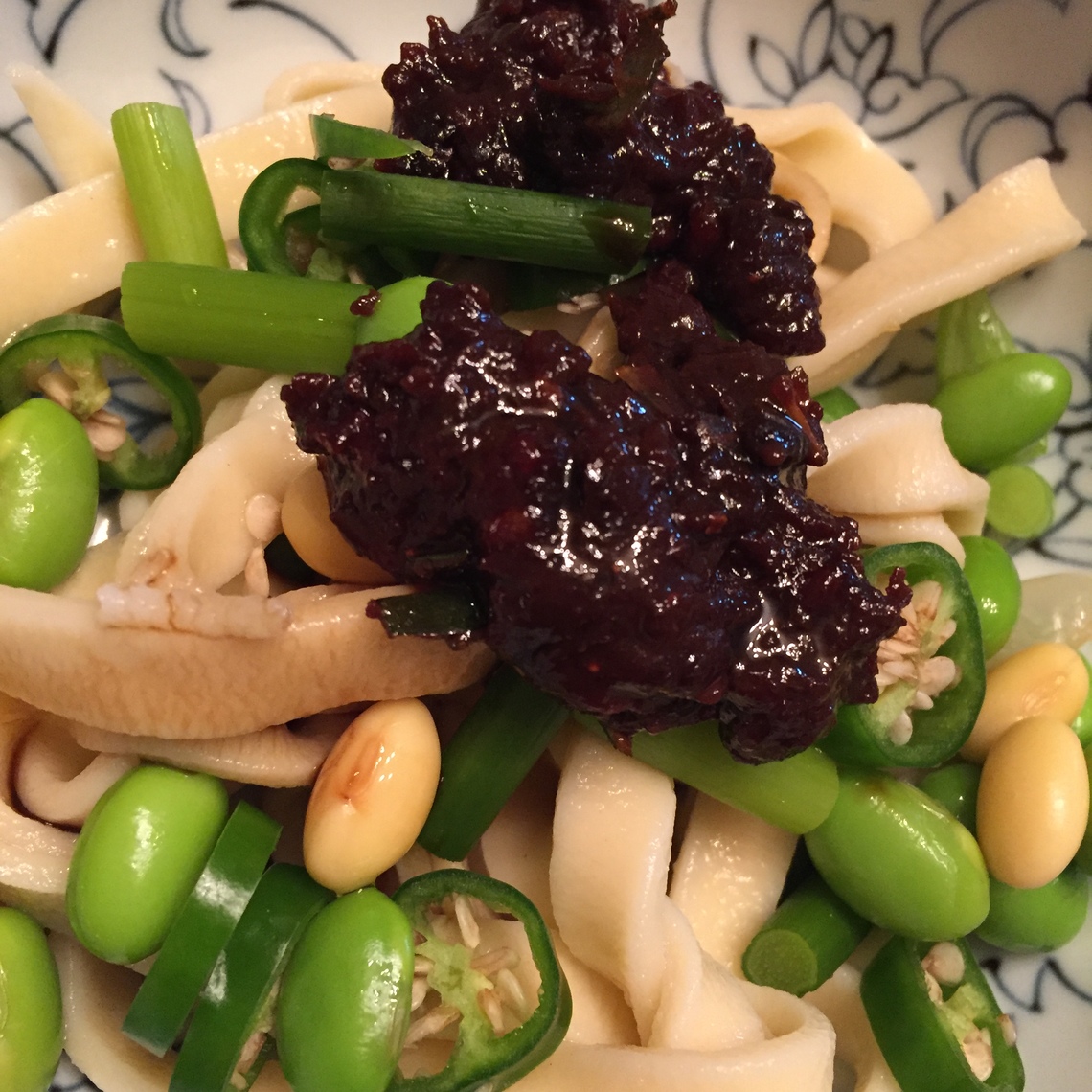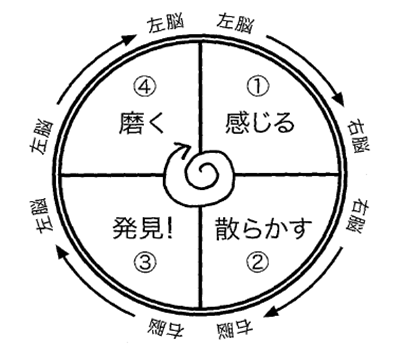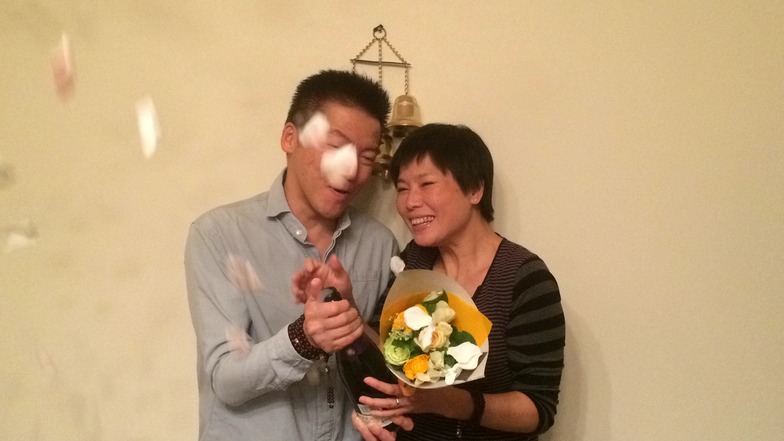My senior colleague, Takanori Sugita, got married, and we had a small celebration among friends. His wife, Vivian, is from China, so she treated us to authentic Chinese cuisine. And boy, was it delicious.

This is handmade jjajangmyeon
The "Taiwanese-style braised appetizer" was a cold dish. Chicken hearts, gizzards, eggs, and more braised in a spiced soy sauce called "lu shui" (滷水). The "Shanghai-style braised pork belly" was so good, even the sauce was delicious. We enjoyed dipping homemade French bread into it. And the highlight was the "handmade jjajangmyeon," served with both thick and thin noodles. Speaking of which, I wondered if the flavor was similar to the Hatcho miso from his hometown, Nagoya. Anyway, we guzzled down special Shaoxing wine and sake, making it a hugely lively gathering.
His wife has also worked for a Chinese advertising agency for many years, so I thought we should discuss this opportunity if possible. But everyone, when you actually create advertising communication, do you really think the "What to say" can be determined beforehand? What's the reality?
For example, after a plan is developed, when explaining it to others, it's crucial to organize who (Target), what (What to say), and how (How to say) you'll communicate it.
Even when creating a new plan, if it seems feasible to proceed along the current trajectory, it's efficient to first determine the "What to say" before tackling the "How to say." But when the current approach seems unlikely to succeed, or when we need to fundamentally rethink something, can we really determine the "What to say" first? That's the part I don't understand.

Circular Thinking
The " Circular Thinking " methodology for idea generation, which also underpins this series, posits that "problems and ideas are discovered as a set." Even a seemingly correct problem definition is meaningless if no ideas emerge from it. Conversely, a minor problem identified through research can be highly effective if paired with an explosive idea.
Similarly, I believe "What to say?" can only be determined once the calculations for "How to say it?" are in place. Logically speaking, or even through research, "What to say?" isn't something that automatically becomes clear.
It must have been nearly 20 years ago now. The advertising industry was swept up in an "account planner craze." Looking back at materials from that time, I found statements like: "If account planners cover the 'What to say' part, then creatives—who should be experts in expression—can focus on developing the 'How to say'." While various analyses exist for why account planning declined, I believe a major cause was the forced division of labor between What to say and How to say, which are fundamentally inseparable.
The advertising industry has always been sensitive to new approaches—or, put another way, to trends. What matters is discussing what we should learn and reflect on after the frenzy subsides. Such topics make excellent conversation over drinks (as long as things don't get too heated and turn into arguments). But the recent wedding reception was packed with far more enjoyable "conversation starters." Next time I have the chance to join you and your wife, I hope we can take the time to talk about these things.

Wishing you a lifetime of happiness!
Please, help yourselves!





